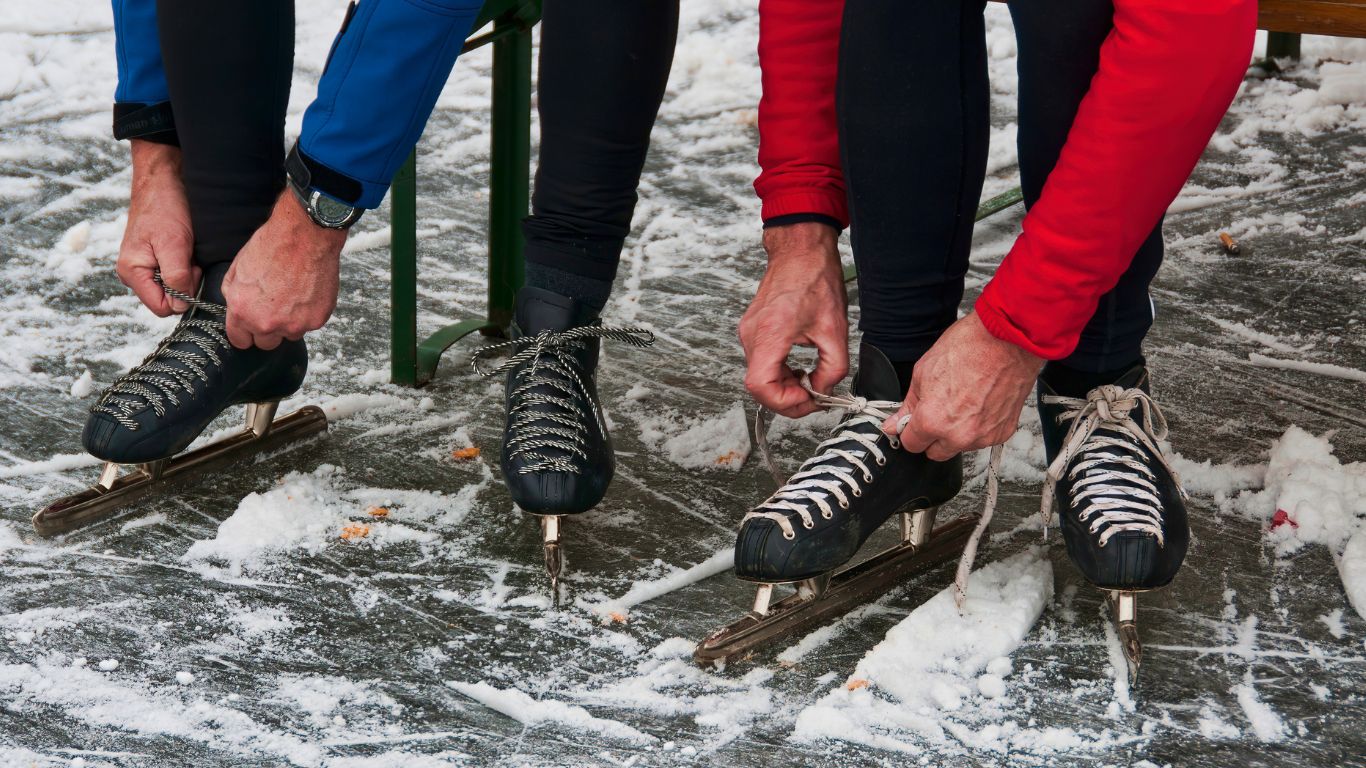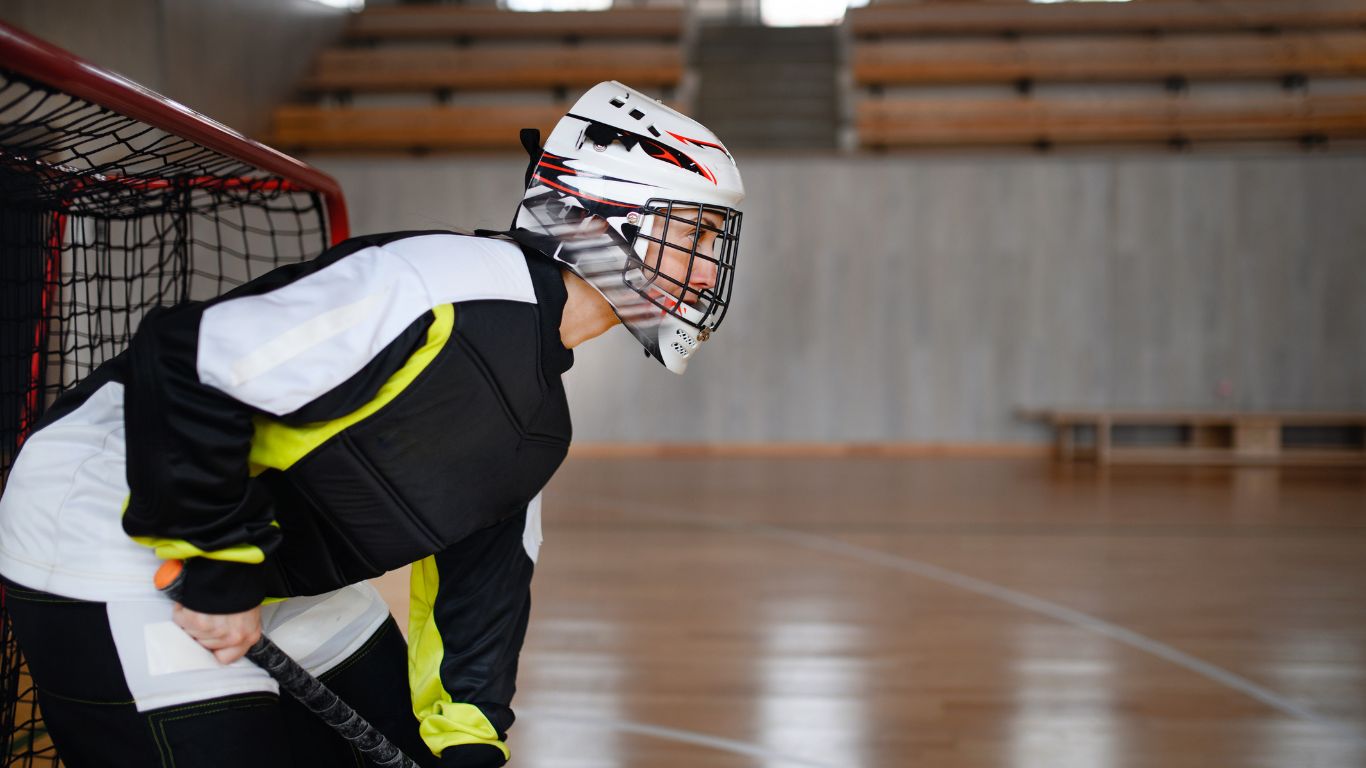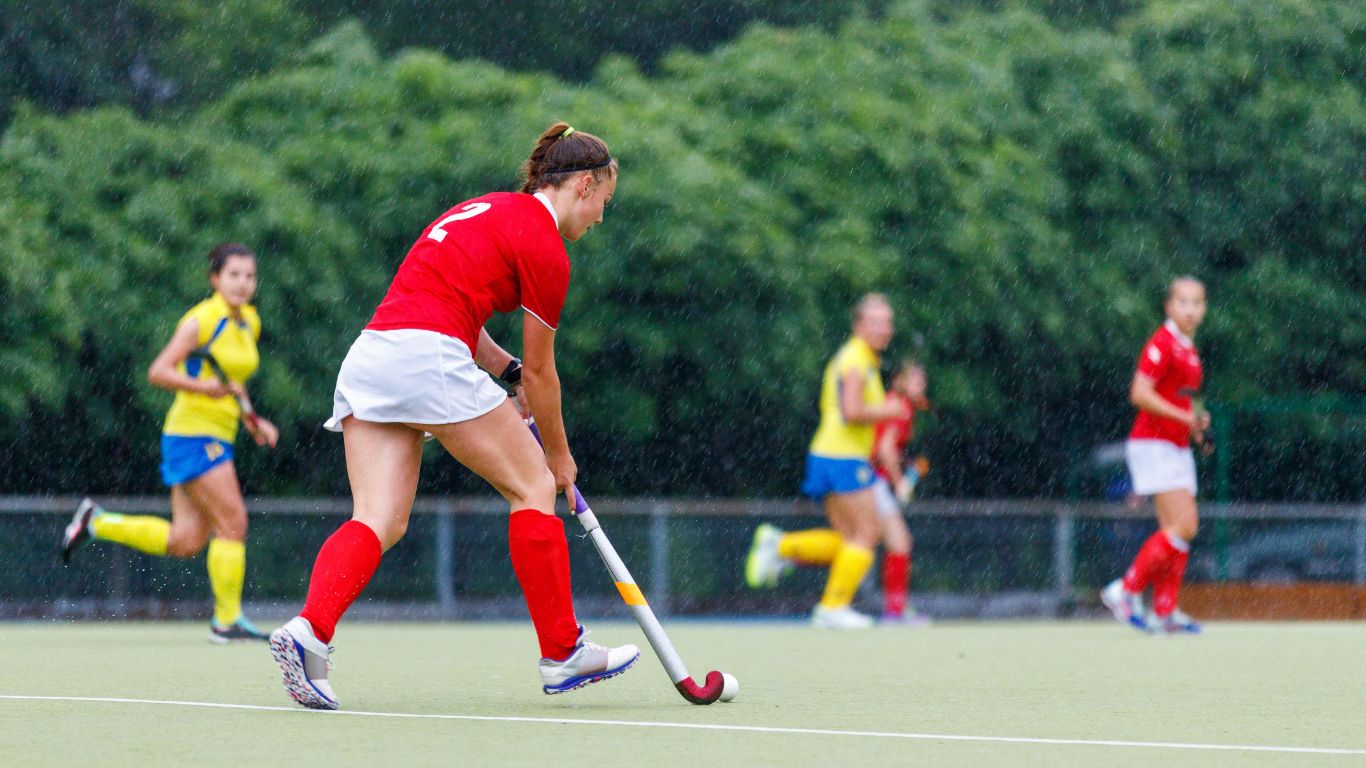Hurling, often described as the fastest field sport in the world, is an ancient Gaelic game with a rich history and cultural significance. Combining elements of hockey, football, and lacrosse, hurling is known for its speed, physicality, and skill. This overview aims to provide a comprehensive introduction to hurling, covering its origins, rules, equipment, major competitions, and cultural impact.
History of Hurling: Origins and Evolution
Hurling is one of the oldest field games in the world, with roots tracing back over 3,000 years in Ireland. The sport is steeped in myth and legend, with references found in ancient Irish texts such as the “Táin Bó Cúailnge” (The Cattle Raid of Cooley). Traditionally played in rural communities, hurling has evolved significantly over the centuries, becoming organized under the Gaelic Athletic Association (GAA) in the late 19th century. Today, it remains a beloved national pastime in Ireland, celebrated for its heritage and thrilling gameplay.
Rules and Gameplay: Fast-paced and Physical
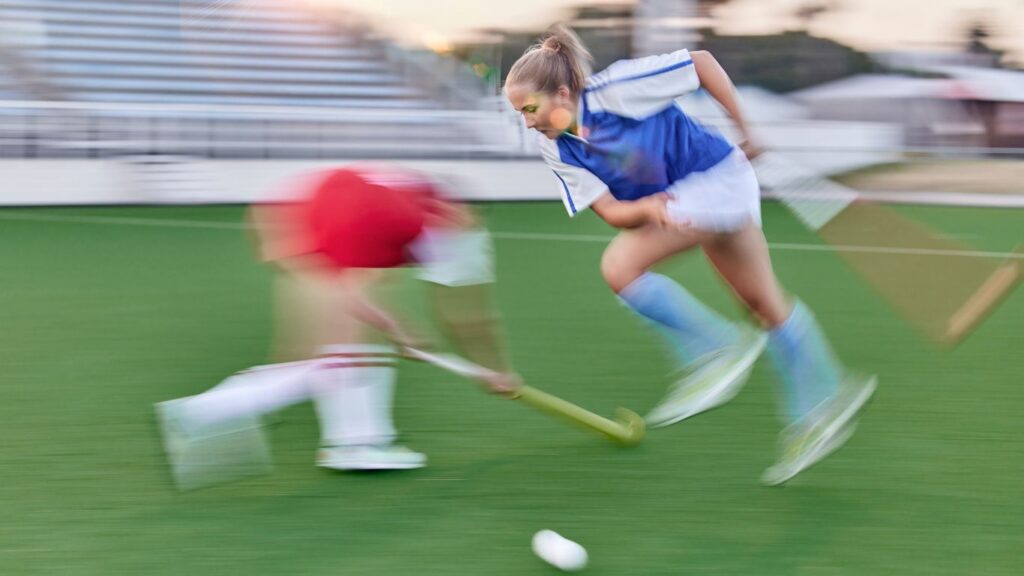
Hurling is played on a rectangular grass field, typically 130 to 145 meters long and 80 to 90 meters wide. Each team consists of 15 players, including a goalkeeper. The game’s primary objective is to score points by hitting a small ball, known as a sliotar, either over the opposing team’s crossbar for one point or into the net for a goal worth three points. Key rules include:
- Carrying the Sliotar: Players can carry the sliotar in their hurley (curved stick) for four steps.
- Balancing and Running: Players may balance the sliotar on their hurley and run with it for up to four steps.
- Scoring Points: A point is scored by striking the sliotar over the crossbar using the hand or hurley.
- Scoring Goals: A goal is scored by hitting the sliotar into the net below the crossbar and above the ground.
- Physical Play: Players can tackle using their hurley or body, but tripping, pushing, or striking an opponent’s hurley is illegal.
- Match Duration: Games are played in two 35-minute halves, with additional time for stoppages. Championship games may use extra time and penalties to determine a winner if needed.
Equipment: Sliotar, Hurley, and Helmet
The essential equipment for hurling includes:
- Sliotar: A small, hard leather ball with raised ridges.
- Hurley: A curved wooden stick, typically made from ash, used to strike and carry the sliotar.
- Helmet: Mandatory for all players; helmets with faceguards protect against potential head injuries.
Teams and Competitions: County Rivalries and Championships
Hurling is organized primarily at the county level, with intense rivalries and passionate fanbases. Major competitions include:
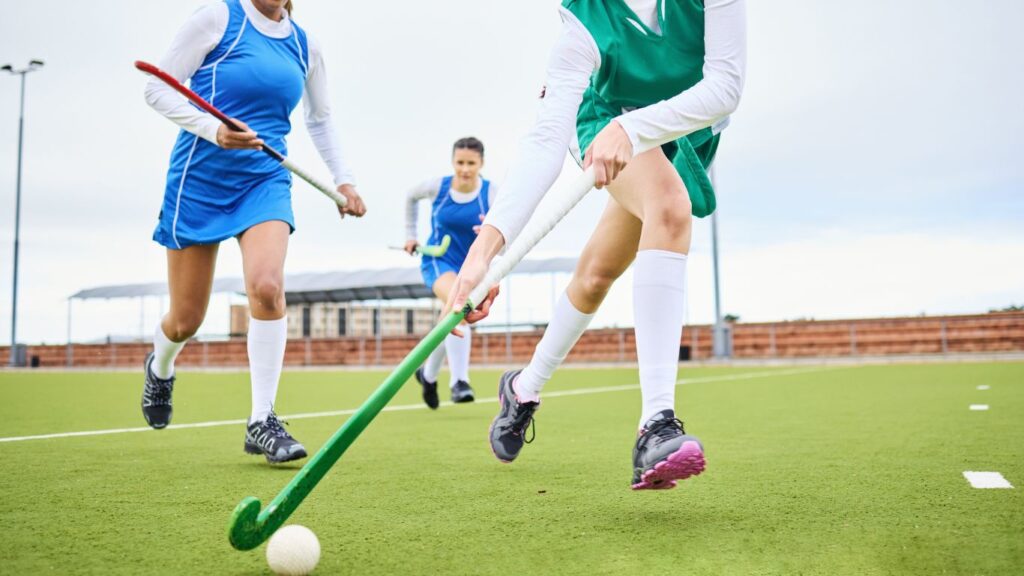
- All-Ireland Hurling Championship: The most prestigious tournament, culminating in a final at Croke Park in Dublin.
- National Hurling League: An annual competition featuring county teams from across Ireland.
- Hurling Club Championships: Competing clubs vie for titles at various levels, showcasing local talent and community spirit.
Cultural Significance: Integral Part of Irish Identity
Hurling is more than just a sport; it is a vital part of Irish culture and identity. It embodies the spirit and traditions of Ireland, passed down through generations. The sport is celebrated in literature, music, and festivals, symbolizing national pride and unity.
International Growth: Popularity Beyond Ireland
While hurling remains most popular in Ireland, its appeal has spread internationally. Irish emigrants have introduced the sport to countries like the United States, Canada, Australia, and the United Kingdom. International clubs and competitions continue growing, fostering a global hurling enthusiast community.
FAQs
Q: What is the objective of hurling?
A: The main objective of hurling is to score points by hitting the sliotar over the opponent’s crossbar for one moment or into their net for a goal worth three points.
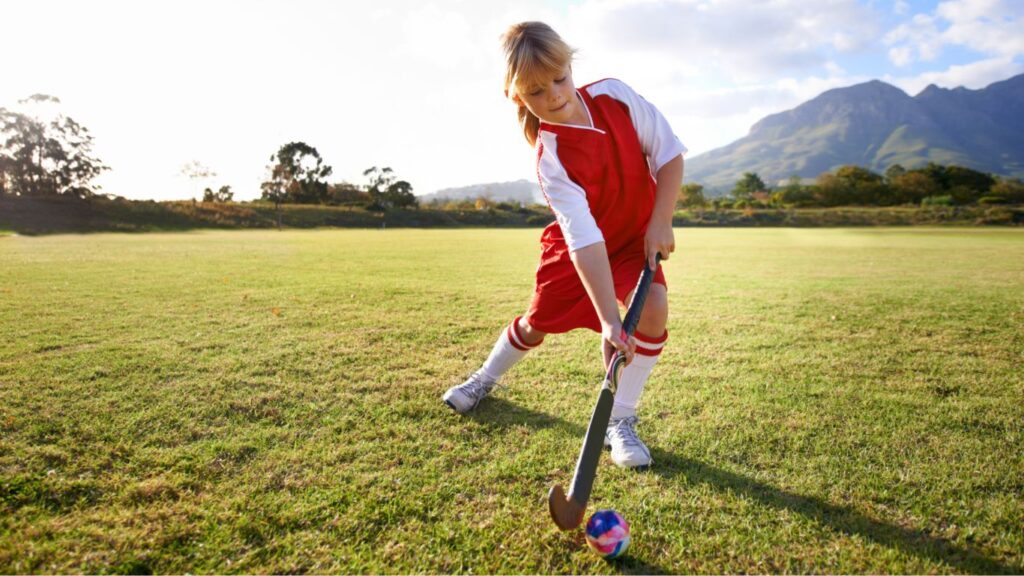
Q: How long has hurling been played?
A: Hurling’s history spans over 3,000 years, deeply rooted in ancient Irish culture and mythology.
Q: How many players are on a hurling team?
A: Each hurling team consists of 15 players, including a goalkeeper.
Q: What equipment is required to play hurling?
A: Essential equipment includes a sliotar (the ball), a hurley (curved wooden stick), and a helmet with a faceguard for safety.
Q: What are some major hurling competitions?
A: Major competitions include the All-Ireland Hurling Championship, the National Hurling League, and various Hurling Club Championships.
Q: How is hurling governed?
A: The sport is organized and governed by the Gaelic Athletic Association (GAA), which oversees its rules and competitions.
Q: How can I start playing hurling?
A: To start playing hurling, join a local club or community group offering training and matches. Many countries with Irish communities have hurling clubs where you can learn the game.
Q: Is hurling played outside of Ireland?
A: Yes, hurling has gained popularity internationally, particularly in countries with significant Irish emigrant populations, such as the United States, Canada, Australia, and the United Kingdom.
Conclusion: Hurling’s Enduring Legacy
Hurling is a testament to Ireland’s rich cultural heritage and sporting prowess. Its unique blend of speed, skill, and physicality makes it a captivating sport to play and watch. As hurling continues to thrive and expand beyond its traditional roots, its legacy is a vital and dynamic aspect of the sports landscape. Whether you’re a seasoned player or a curious newcomer, the world of hurling offers an exhilarating and enriching experience. Dive into the action, embrace the tradition, and discover why hurling holds a special place in the hearts of so many.







